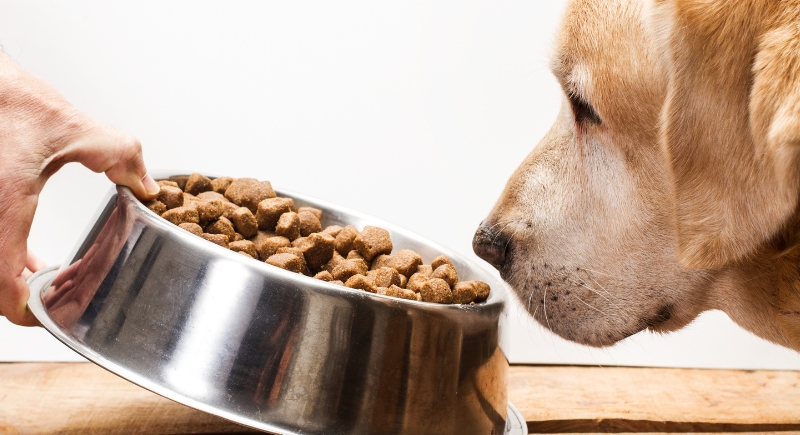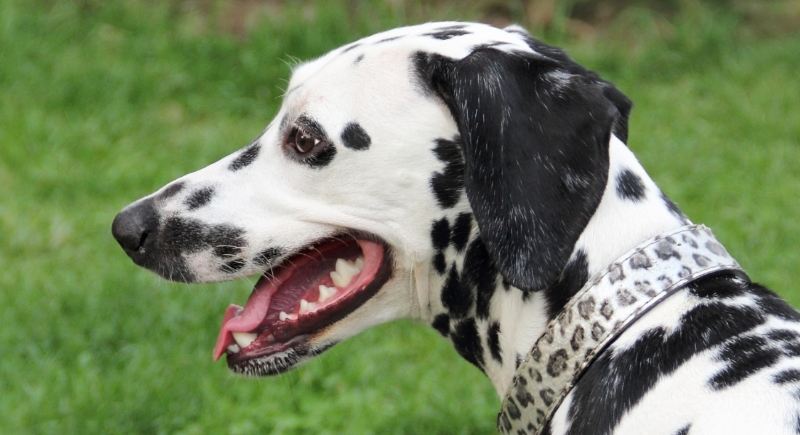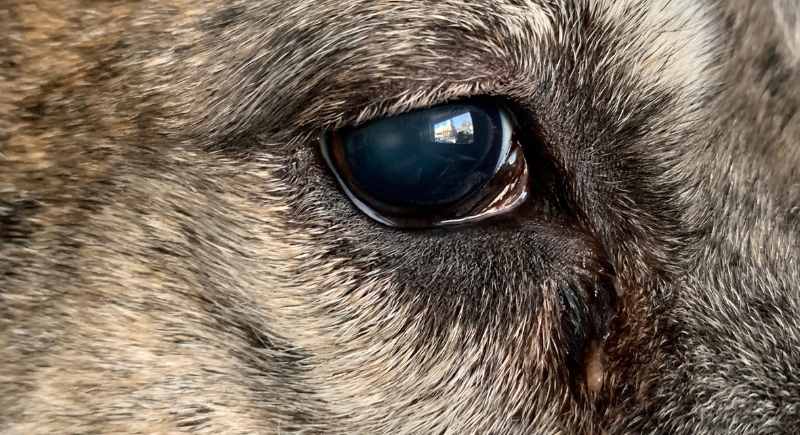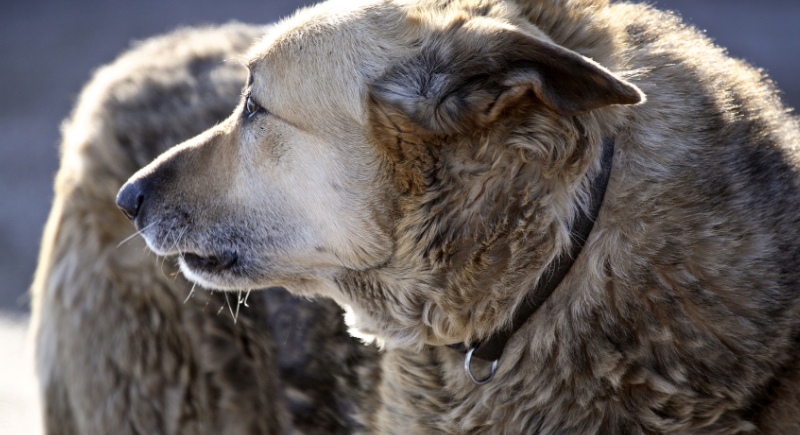15 Things That Change in the Final Weeks of a Dog’s Life
The last few weeks with a senior or terminally ill dog can bring a range of changes. While no two dogs experience the end of life the same way, many exhibit certain signs that signal their bodies are slowing down. Recognizing these changes can help pet owners provide comfort, manage pain, and make the most of their time together.
Sleep Becomes the Main Activity

Credit: pexels
At some point, it’s like your dog decides sleep is the main event and everything else is optional. Energy conservation kicks in as their body focuses more on resting. Some dogs even start dozing off in strange places, like under chairs or behind furniture, simply because it feels quiet and safe.
Food Isn’t So Tempting Anymore

Credit: Getty Images
Even favorite treats might be ignored in their final weeks. Illness, organ decline, or nausea can all dull the appetite. For some, even the smell of food becomes overwhelming. Appetite stimulants may help, but sometimes, a dog just isn’t hungry anymore, and that’s part of the process.
Drinking Drops Off, Too

Credit: Getty Images
Alongside appetite changes, water intake often decreases. You might notice their gums dry out or their skin takes a second to snap back when gently pinched. Vets often suggest ice cubes, bone broth, or using a needleless syringe to offer small sips.
Mobility Starts To Decline

Credit: Getty Images
What used to be a quick hop onto the couch now looks like a mountain climb. As mobility fades, stairs, beds, and even turning around in tight spaces can be tricky. Some dogs drag their back feet, hesitate before standing, or sway a bit when they walk.
They May Withdraw From the Family

Credit: Getty Images
In nature, animals often separate when they feel vulnerable. A once-cuddly pup might seek solitude under a bed or in a closet. Giving them space is key. Some return for short visits or quiet cuddles, but pushing affection can stress a dog who’s simply trying to rest on their terms.
Other Dogs in the House Notice Something’s Different

Credit: caseyjadew
Animals are remarkably intuitive. Housemates may hover more, act subdued, or lie near their aging friend. Some even exhibit signs of anxiety or confusion. Experts believe dogs can detect subtle scent and behavioral shifts that indicate illness or the approaching end, even when humans don’t yet see it.
They Might Greet You Differently

Credit: pexels
In the final stretch, dogs sometimes stop reacting to cues as they used to. The tail wags less. That excited bark at the sound of your keys might fade. It doesn’t mean they don’t recognize you—it’s more about energy conservation and focus shifting inward.
Bathroom Habits Can Change Quickly

Credit: pixelshot
Even the best-trained pups can have accidents in their final days. Weakened muscles, confusion, or simply not having the strength to get up in time all play a role. Pee pads, washable covers, and gentle clean-up routines help protect their dignity. It’s also important not to scold or show frustration.
Breathing Might Sound or Look Different

Credit: Getty Images
Toward the end, dogs may breathe faster, slower, or more shallowly. Some develop a raspy or wheezy sound. These shifts don’t always mean distress but can signal discomfort or systemic changes. The breathing pattern might change throughout the day. Some dogs even have brief episodes of labored breathing before settling.
Occasional Bursts of Energy Can Be Misleading

Credit: Canva
It’s the curveball that gets everyone. Some dogs rally in their last days—a random burst of energy, appetite, or tail wags. Known as a “last hurrah” or “end-of-life rally,” it’s short-lived and bittersweet. Scientists believe it’s a temporary spike in endorphins.
Eyes May Lose Their Spark

Credit: Getty Images
You might notice cloudy eyes, a glassy stare, or eyes that don’t track you as they used to. In some cases, it’s age-related lens changes like nuclear sclerosis. Despite the changes, many owners say their dogs still make meaningful eye contact, like they’re saying what words can’t.
Training and Commands Don’t Stick Like They Used To

Credit: Getty Images
Commands that were second nature—sit, stay, come—might be met with blank stares or slow reactions. Cognitive changes and reduced motivation mean old training fades. Even house rules may slip. It helps to switch from asking them to do things to helping them through daily routines.
They May Stop Grooming Themselves

Credit: Getty Images
A once-fastidious dog might stop licking their paws, cleaning their fur, or even shaking off dust. Lack of grooming is common in older dogs or those in discomfort. Matted fur or unpleasant smells are symptoms of the dog not feeling well enough to care for itself.
Temperature Control Gets Weaker

Credit: Getty Images
Dogs nearing the end can struggle to regulate body temperature. They may seek warmth one day and pant the next, partly due to changes in circulation and metabolism. Keeping them cozy without overheating is a delicate balance.
Smells Become Stronger

Credit: Getty Images
A shift in body odor can creep in during the final stretch. Internal organs, reduced grooming, dental issues, or skin infections might all contribute. Some dogs develop a musky scent or unusually sour breath. While not pleasant, it’s often more clinical than alarming.